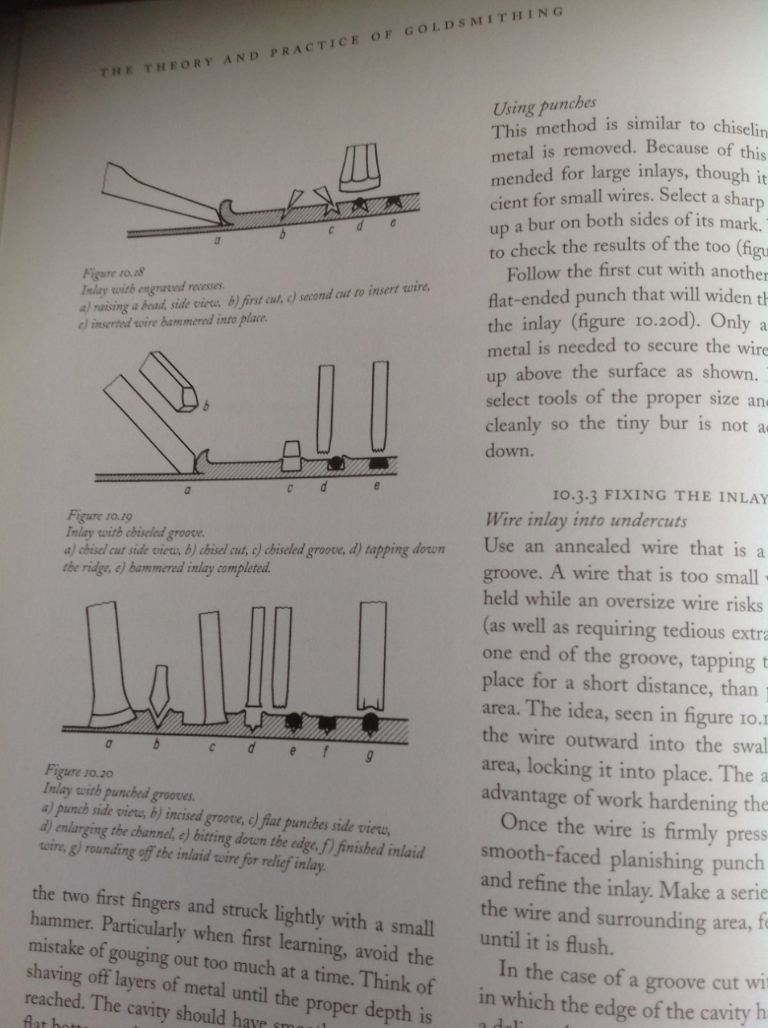Inlaying silver in brass.
Inlaying silver in brass.
- This topic has 14 replies, 8 voices, and was last updated 3 April 2020 at 23:53 by
Robin Graham.
Viewing 15 posts - 1 through 15 (of 15 total)
Viewing 15 posts - 1 through 15 (of 15 total)
- Please log in to reply to this topic. Registering is free and easy using the links on the menu at the top of this page.
Latest Replies
Viewing 25 topics - 1 through 25 (of 25 total)
-
- Topic
- Voices
- Last Post
Viewing 25 topics - 1 through 25 (of 25 total)
Latest Issue
Newsletter Sign-up
Latest Replies
- Stopping milling chips going everyehere
- Photos
- Kia Ora from the bottom of the world. Tool hoarder & enthusiast.
- Antique Ornamental Treadle lathe what is it
- Building Bernard Tekippe’s Precision Regulator
- An Original Stephenson Model
- bolts harness and head shearing?
- TALE OF TWO VIPERS
- Rain Gutter Power
- Amadeal VM25L Uneven Motor Brush Wear





